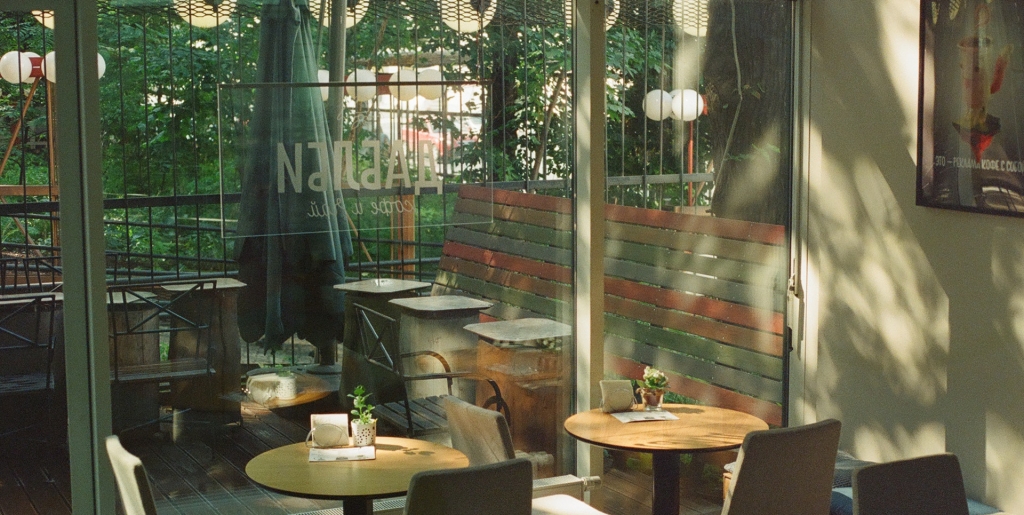Chain Restaurants
A chain restaurant is tough to define. Technically it is a restaurant where the headquarters of said restaurant is in another state. This would suggest more than one of the same restaurant, which technically again forms the first link of a chain. Some people however would balk at the notion that simply one of Restaurant X in Nevada, with another of the same restaurant in California would constitute a chain. After all, that’s not exactly a lot of restaurants.
Others have proposed the definition to be limited to a minimum of 10 separate restaurants under the same name. While additional voices have opted to define a chain for any restaurant that is featured on the stock market or with corporate regulatory structures. Some of the more popular chain restaurants are ones we’ve likely all heard of – Denny’s, McDonald’s, Texas Roadhouse, IHOP, Wendy’s, etc. The first chain restaurant in the U.S. (recognized as a chain) was A&W back in 1919. By the time the 70s rolled around A&W sported more locations than even McDonald’s, but they couldn’t hold on to such an esteemed title.
White Castle is an east coast staple, and after founding in 1921 literally blew up. Hard to say why the hamburger joint never made the trip out to the west coast as the original “Slider” burger was easily one of the most influential of all time. Dairy Queen is another monster, breaking on to the scene in 1940 and serving up tasty deserts and general fast food for nearly 80 years.
Americans have a real love/hate relationship with the chain restaurant. On one end, they’re American as apple pie. Cheap, family oriented, relatively fun to be in and quick, the chain restaurant offers something nearly every American wants at a specific point in time. Not every meal is going to be sit-down, take a couple hours to digest and talk for another hour. Sometimes folks want something quick and reliable, and chains began to provide that. One could argue chains interfere with the general fabric of the American family. Family time is meant to be enjoyed in a relaxed manner, and not wolfing down burgers and fries while watching sports highlights. But if that’s what people are looking for every now and again, who is going to interfere?
The funny thing about chains however is the negative reviews online far outmatch those of traditional restaurants. People rail against them, lament the average service, undercooked tacos, you name it. But the easy response here is chains serve roughly 100 times the amount of people each year than typical restaurants. Sure, they might have 7,000 bad reviews compared to 100 somewhere else. But those 7,000 likely represent 2% of all their customers. The chain restaurant is far from perfect, but they occupy a space that is in high demand. Try one out today, if you haven’t already this morning that is.


Comments:
Login to leave a reply